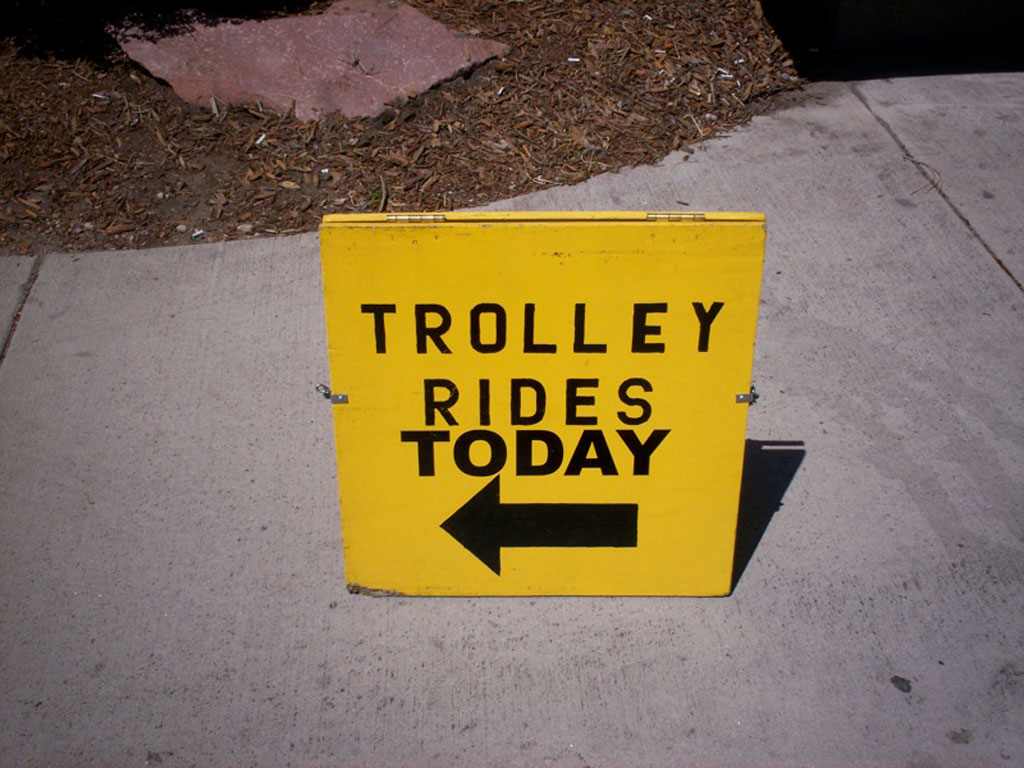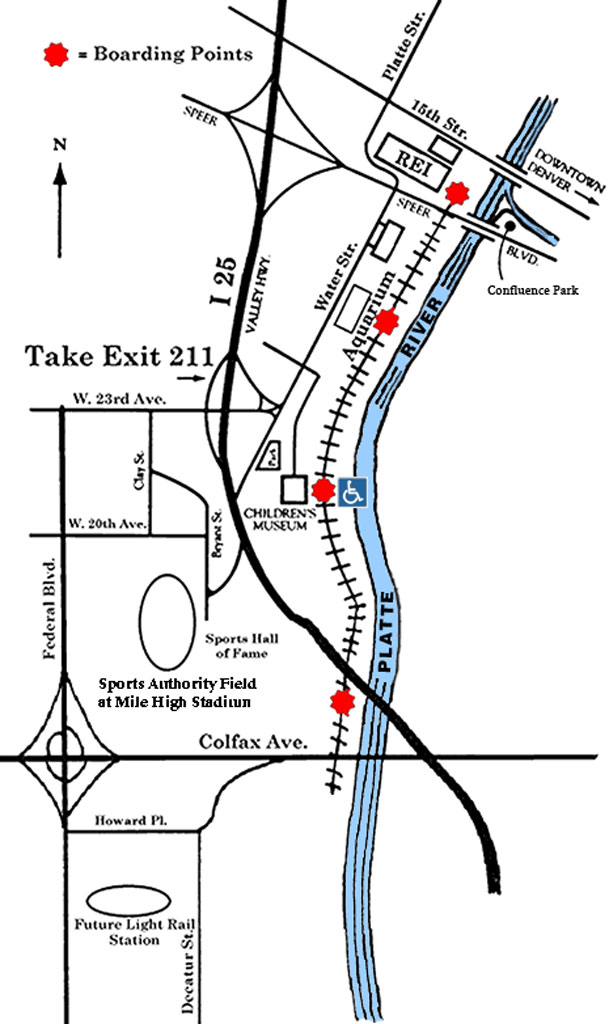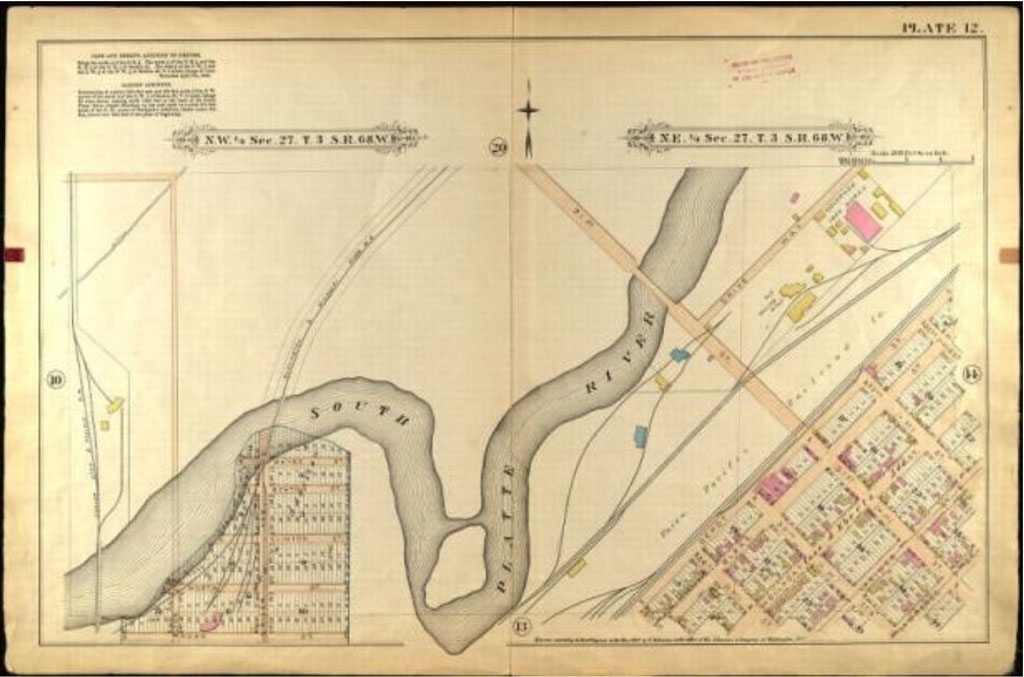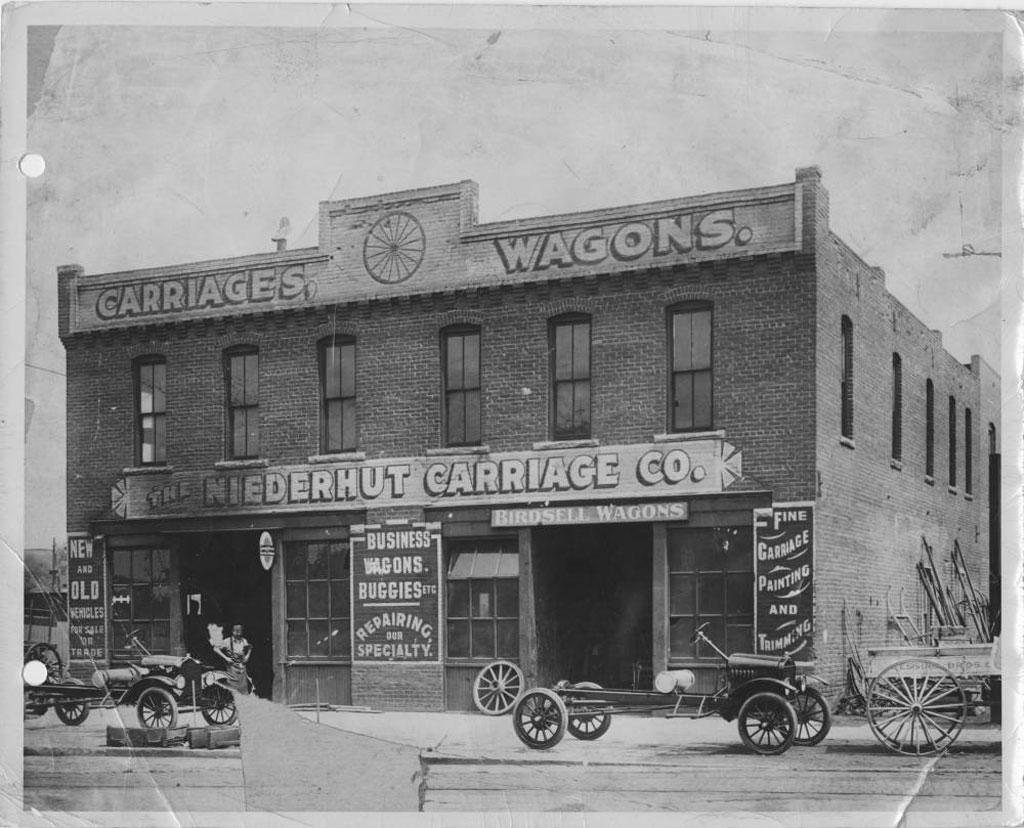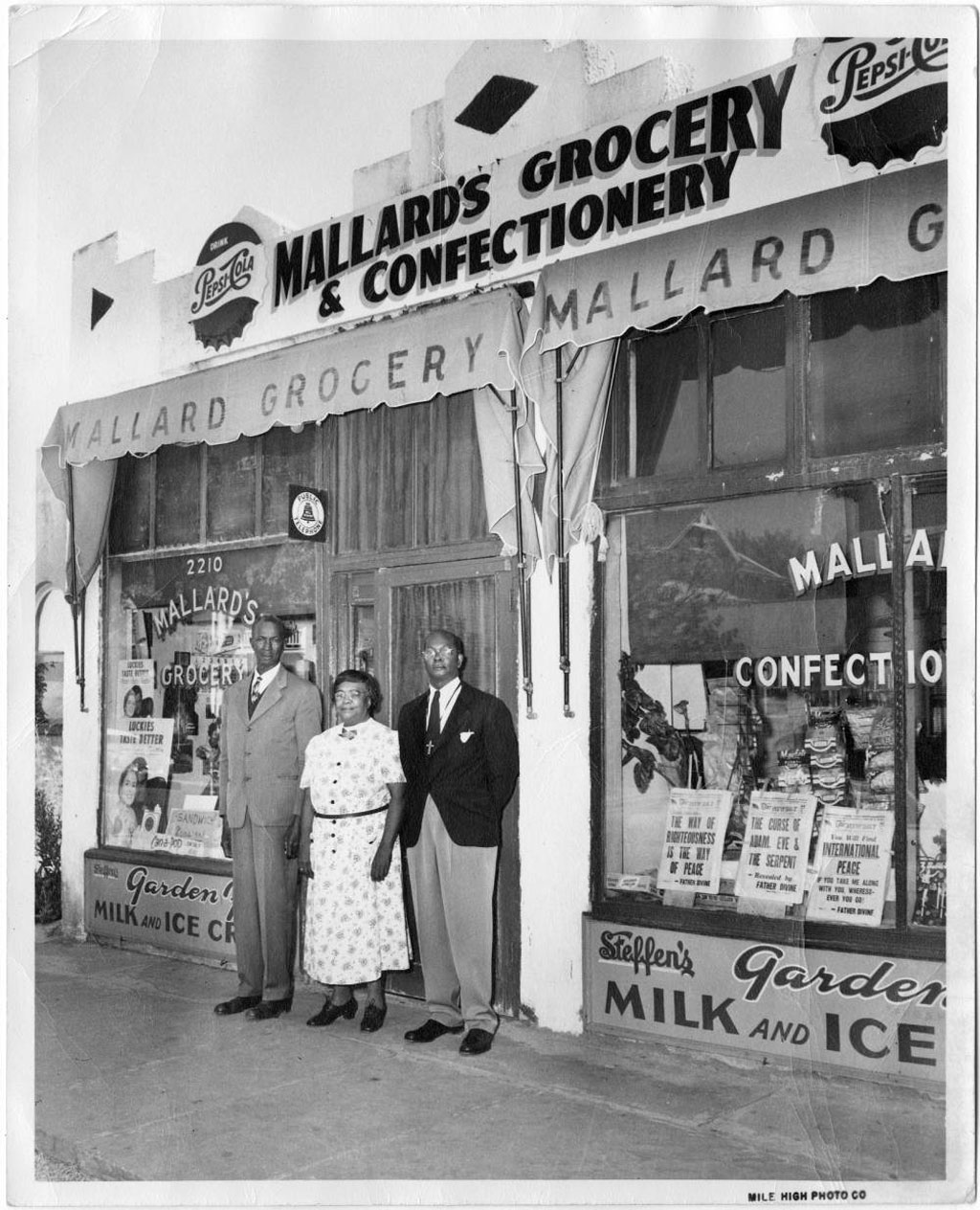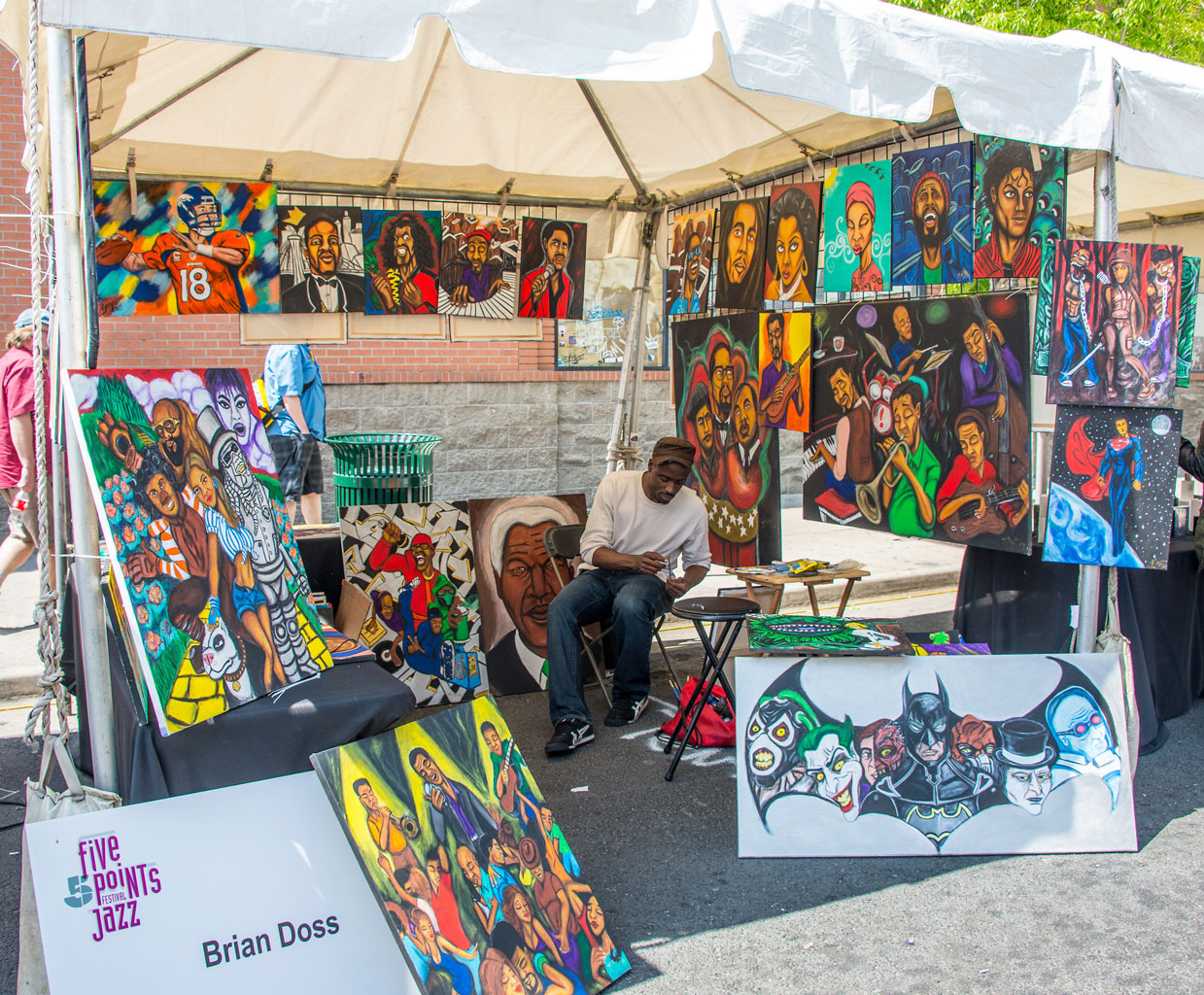By Annie Liu, AAG Intern
Ross O’Ceallaigh, host of the Green Urbanist podcast, discusses amplifying green ideas and how that is an important step in fighting climate change. In High School, his favorite subject was geography, but he didn’t want to end up teaching geography after getting a degree. Thankfully, he found a course that offered him the chance to start exploring both planning and geography, which opened him up to the world of urban design and development. Ironically, he ended up becoming an educator in both his day job and podcast anyway!
We all know you run a very popular podcast [The Green Urbanist], but tell us some more about your day job and your responsibilities
My day job, which I do four days a week, is working as a Learning Program Manager at a nonprofit called Design South East, which is based in the Southeast of England. We exist to try and improve the quality of design and development and places in general across that region of the southeast of England…My role is running training programs and learning events for built environment practitioners like planners who work in local authorities so they can upskill in design, urban design, sustainability, and just whatever is like the latest planning reform that is happening, which we’re having a lot of the last couple of years in the UK basically.
A non-linear career path
I’ve been sort of having a bit of a squiggly career in that I went on to study urban design at a master’s level, and I got a job as a planner in a local authority working on very small-scale stuff in in the South of England. Then I moved into a job in London that was working for a big multidisciplinary practice and working on international projects. The two main projects I worked on in my year and a half were in Nigeria, and one of them was for a spatial plan for a city of 6 million people. I went from assessing people’s applications to change their windows on their house to working on this massive spatial plan and still being quite inexperienced. I went on to work for a nice small urban design consultancy called Urban Initiatives Studio and worked much more in the UK and Ireland and on projects with local authorities doing things like urban design strategies for town centers or for London boroughs so they could plan their growth and get the best results out of coordinating the development that was coming forward.
“I just thought I quite like speaking, I quite like doing podcasting and sort of teaching people; I wonder, is there a way I can get into that?”
How does geography play a role in your job?
I think having a joint geography and planning background is very useful in terms of understanding the big picture and the natural systems that influence planning and urban design.
How did you end up starting your podcast?
I think it’s a familiar story for many podcasters in that when the pandemic happens, we’re all stuck at home, we had loads of free time…Then lots of people thought, ‘Ah, I’m gonna start that podcast I’ve always wanted to.
Ross realized that the climate crisis is incredibly serious and that he and many people in the built environment sector were unprepared for the challenge. He decided to teach himself and read up on the topics of interest in sustainability, leading him to start a podcast to share the knowledge that he was learning and keep learning from expert interviews.
“The podcast is as much for my education as for anyone else’s, and it really has been a great opportunity to sort of open up a conversation with people that you wouldn’t necessarily have access to…”
In your podcast, how do you perceive the value and importance of geographic knowledge?
I think something that’s become really clear to me over the last two years of podcasting is that sustainability solutions are really geographically focused and that a sustainable approach to, say, architecture in London, will be different to Boston or Sydney or Lagos, Nigeria. I think that’s been such a frustration–that we try to find really blanket solutions and really broad solutions to things that actually should be really location specific. It comes down all sorts of things, like traditional knowledge systems and indigenous knowledge perspectives of people who have actually lived sustainably for thousands of years in a place. Through the processes of colonialism and globalization, that knowledge has been sort of swept aside. Now we’re looking back on it, and we need to relearn the sustainable ways that are specific to this place.
What do you think are the most important issues you discuss on your podcast? And how do you hope your audience reacts to the issues discussed?
I think the topics have shifted over the course of the three years I’ve done it. I started talking about mitigation and being like ‘Here’s what net zero means’, ‘Here’s how we can get to net zero’, and while that is still at the front of our mind and very important, I’ve sort of moved on to thinking, ‘OK climate change is here, how do we adapt.’ Climate adaptation, particularly in the built environment, is flying under the radar quite a lot. People talk about things like overheating, but I think [there are] profound changes that we need to do to adapt.
[I hope] to share more about transformative climate responses, such as urban rewilding, or sustainable co-housing—alternative methods of doing things that step outside the developer profit-seeking model.
“I hope that then inspires other people to see what other possibilities are out there, and then hopefully those possibilities can be implemented.”
What is your favorite part of your day job and the podcast?
I’m always learning and I’m always getting a chance to learn from people. When I run training events in my day job, I’m often bringing in the best speakers to talk about something they’re quite expert in and I get to sit there in the audience and learn from them for that moment as well. I think also getting feedback from people who come and say that was really helpful…That’s the gratification of being in an educational role.
I think with my podcast, my perspective has changed so much over the last three years just from all the people I’ve been able to talk to. I think that thing of like keeping an open mind and being open to saying like, “Whoa, like, you know, the way I saw the world is a bit different and actually I’m gonna sort of move forward with a different perspective on this.
What do your coworkers think about the podcast? Is it kind of a double life, are you pulling a Hannah Montana situation, or are they interested and involved?
I think it helped me get this job actually, because I was doing the podcast for about a year before I decided to change from my consulting job and then I decided to try something else. It’s actually been really useful because I have a lot of contacts that I can call on from the podcast to come and do events in my day job that I’m running… So, it’s definitely not a double life and I’m lucky in a sense that my employer and my colleagues have been very supportive of it because it has so many parallels and it supports the day job. I don’t think they worry that I’m getting distracted by it.
Would be what advice do you have for undergrads, grads and early career professionals interested in your day job…or starting a podcast?
[Regarding a podcast], I think the answer is to say just do it and you learn by doing it and start by recording a couple of episodes, and if you think they’re awful, you don’t have to publish them. The only way you get good at something is by doing it…like you need to get started scripting or interviewing people or just chatting with your friend with the microphones and that that will make it much easier over time.
I would honestly say that even if nobody listens to your podcast, it’s still worth doing because it’s really enjoyable, it’s really good fun and you’ll probably learn a lot doing it and you’ll learn skills that can then be transferred and that kind of thing.
[As for jobs in general,] I would say if you have the luxury, pick your employer wisely, and don’t be afraid to jump around jobs a little bit. If you have the option to try out a couple of different jobs that are very different in scale and very different in context. In your early career, I think that’s really, really useful to do actually and will give you a really wide perspective. Then, you can say after a couple years’ experience, “Actually, you know what, what I really like and what I’m really good at is this thing and I’m gonna now focus in on this a bit more.
Don’t be afraid of jumping in and doing a job that maybe you’re a bit unsure about with the knowledge that it won’t last forever if you don’t want it to.
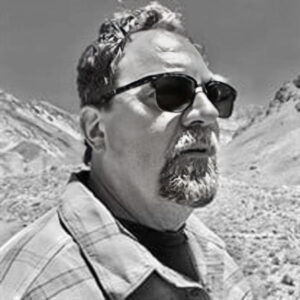 Also an adventurer, Harry enjoyed traveling the world. He explored Indonesia, swam the oceans of Nicaragua, walked the streets of Buenos Aires, hiked the mountains of Argentina, and explored the high desert plains of Colorado. He visited many national parks, here and abroad, sharing a love of nature and the outdoors with his wife and best friend, Terry. He sought to learn about these places and was an active observer and researcher, never forfeiting a chance to gain insight or perspective about how our planet and its people work.
Also an adventurer, Harry enjoyed traveling the world. He explored Indonesia, swam the oceans of Nicaragua, walked the streets of Buenos Aires, hiked the mountains of Argentina, and explored the high desert plains of Colorado. He visited many national parks, here and abroad, sharing a love of nature and the outdoors with his wife and best friend, Terry. He sought to learn about these places and was an active observer and researcher, never forfeiting a chance to gain insight or perspective about how our planet and its people work.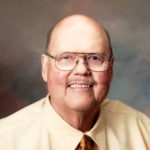 This award, together with the
This award, together with the 